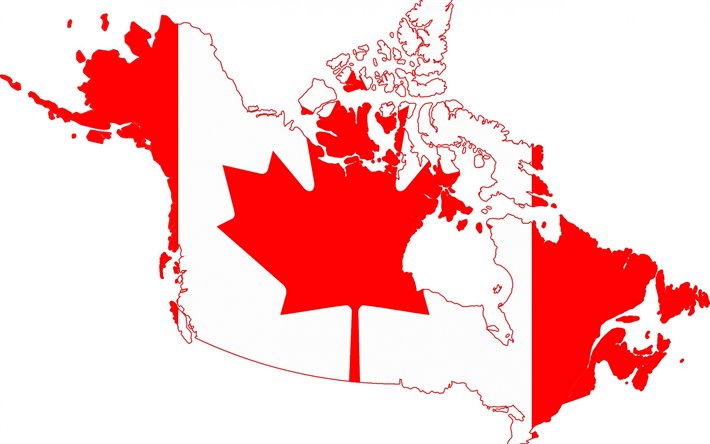Canada’s economy is developed and diversified. The main industries are real estate (14% of GDP), manufacturing (10%), finance and insurance (8%), mining and mining (8%), and construction (7%). The country has large natural resources enabling it to be a net exporter of energy: oil, zinc, aluminium, nickel and gold. These resources make the mining and extractive industry one of the main components of the country’s economy.
Canada has a diversity of provinces and territories with different specializations and export streams. Agriculture is particularly represented in the central provinces (Manitoba, Saskatchewan, western Ontario), while industrial and technological sectors are more developed in the coastal provinces (Quebec and Ontario East, British Columbia West). Finally, some provinces, such as Alberta, Newfoundland and Labrador, and Saskatchewan, have significant energy resources and are concentrating their economic activity, including export activity, on this sector.
Given its small population, Canada frequently looks abroad to find new markets. Very open and integrated in world trade, Canada is still dependent on its trade with the United States: exports to its neighbour represented 73.5% of total Canadian exports in 2020, while 48.8% of Canadian imports came from the United States. The public authorities, anxious to reduce this dependence, therefore favour a geographical diversification with other partners such as the European Union (2nd partner with 10.8% of trade) and China (3rd partner with 9.5%). This diversification strategy includes the signing of bilateral and plurilateral free trade agreements. Canada is currently engaged in 14 of these agreements with 51 countries, the most important of which are CUMSA (signed in 2020 with Mexico and the United States), CETA (2017, with the European Union), CPTPP (2018, with many Pacific countries) or a trade continuity agreement with the United Kingdom.
The Canadian interprovincial trade situation is also relatively poorly integrated. Indeed, Canada is marked by the importance of non-tariff barriers (regulatory, administrative, linguistic) and a weakness in trade flows between its various provinces and territories. In 2017, intra-Canadian exports represented only 36% of the provinces' total exports: by comparison, intra-EU exports represented 59% of the total exports of EU Member States in 2019. In an effort to continue to liberalize interprovincial trade, the federal, provincial and territorial governments have concluded a Canadian Free Trade Agreement (CFTA) that came into force on July 1, 2017. This agreement aims to reduce barriers to the free movement of goods, services, investments and labour within Canada, as well as to establish better access to government procurement and greater regulatory cooperation.
Despite the Covid-19 crisis, the outlook for recovery seems to be confirmed for 2021. Prior to the crisis, estimates placed Canada on a relatively weak medium-term growth path (1.5%) due to external factors (weakness in global and especially American growth, lower commodity prices) and structural aspects of the Canadian economy such as an aging population, and low productivity reserves in some major sectors of the Canadian economy (energy, industry, agriculture).
Pandemic-related health restrictions led to a sharp drop in production and consumption in the first half of 2020, which is expected to result in a recession of about 5.8% of GDP. However, the Canadian government anticipates a rapid recovery in activity, with an expected rebound in growth of around 5% by the end of the year

